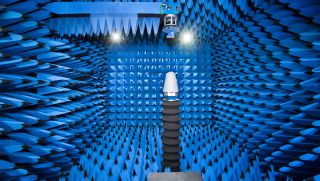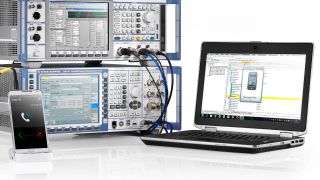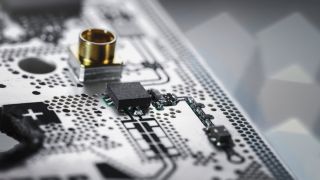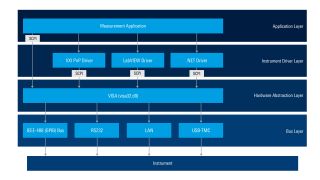New technology challenges in military antenna and radio component testing
Latest technologies in the fields of wireless communications and aerospace & defense call for higher frequencies and larger bandwidths as well as reducing the size and weight of devices as much as possible. This applies especially to tactical and public safety handheld radio devices, where the need to minimize power consumption and extend battery lifetime is required due to survivability reasons. Consequently, components need to address the challenging requirements of mobility, connectivity, highest data rates, robustness and power efficiency.
To pick one example, 5G NRis driving demand in multiple directions that are as diverse as the various applications for 5G. For the first time, mass products will go up to microwave frequencies in the 28 GHz or 39 GHz range, enabling high data rates through wide RF bandwidths of hundreds of megahertz. Since beamforming will be an essential part of the 5G system, antenna designs and RF frontends (including RF upconverters, filters and amplifiers) will look different than common solutions from former standards that have been used traditionally by the defense and military communications branches. This calls for innovative solutions for military antenna and battery testing.
Engineers face complex challenges when designing, developing and testing new components. When building modules and complex systems, engineers need to select the best solution for their specific environment and make sure it performs. Our comprehensive test and measurement solutions have been designed to fulfil these requirements and include high-end lab equipment as well as cost-efficient production solutions.
The test and measurement solutions from Rohde & Schwarz enable flawless performance and reliability on every level, from testing of assemblies and components up to verification of the complete radio communication system.
Let us know how we can support you.























